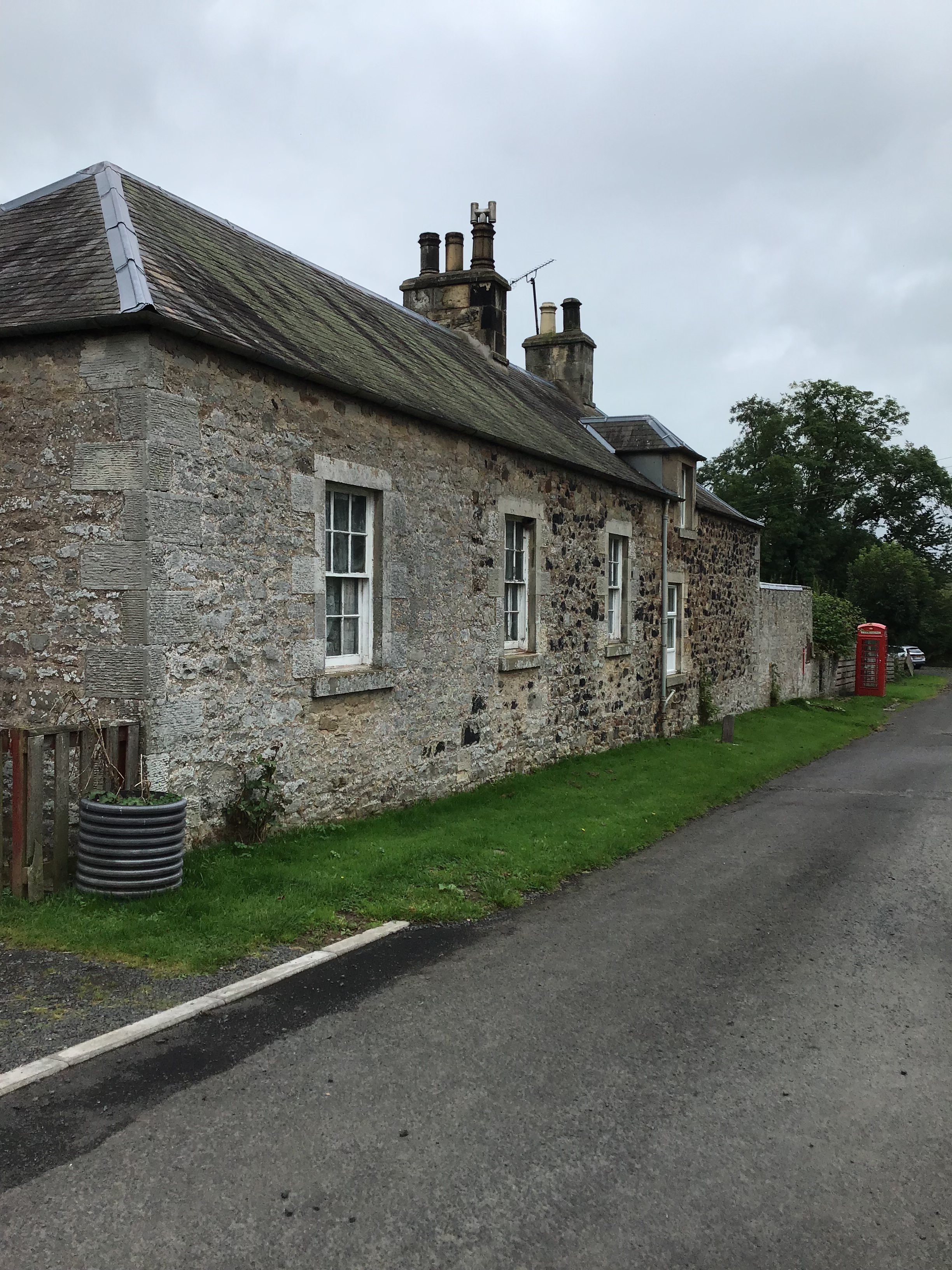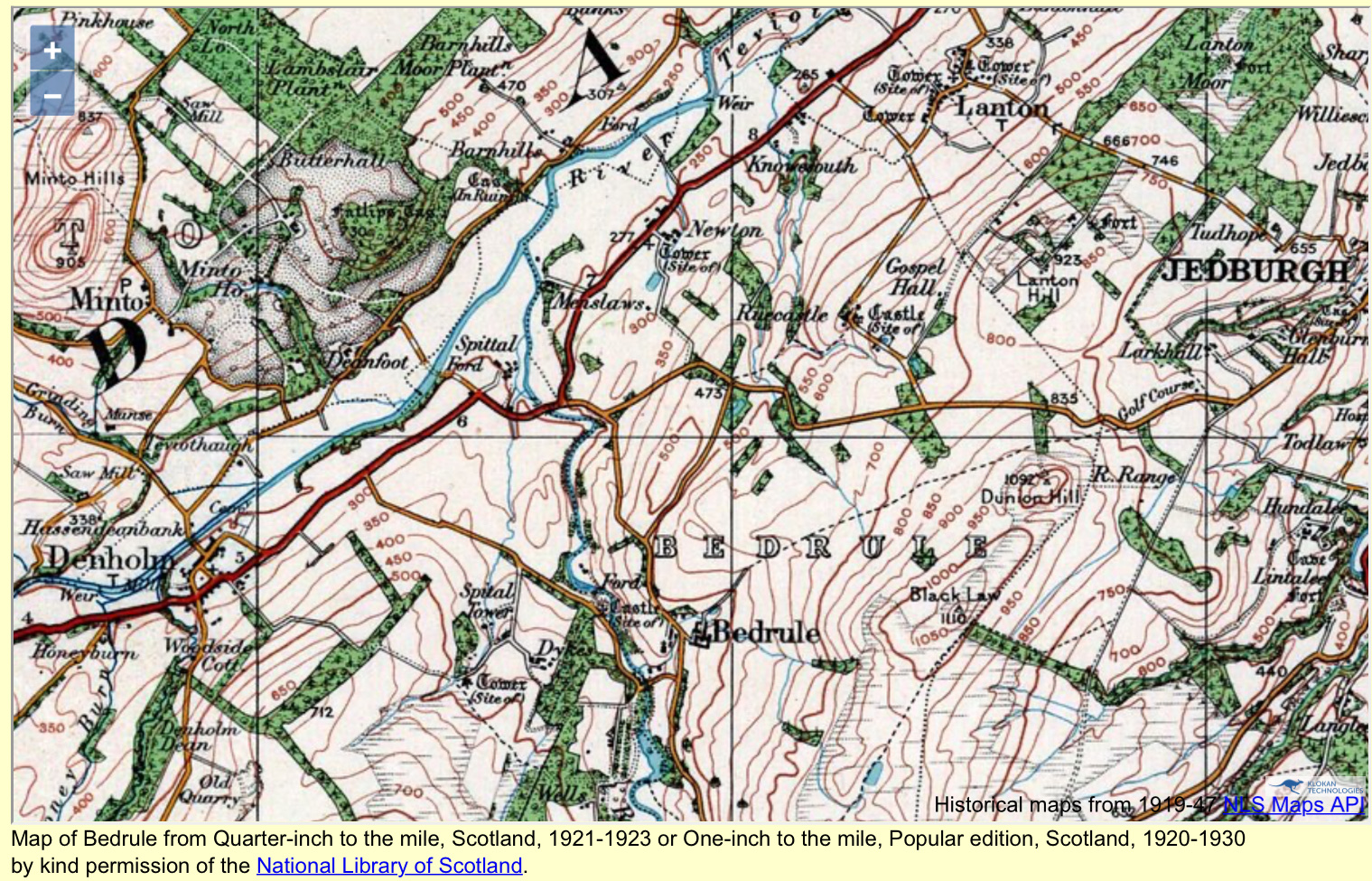
Following the devastating loss of his wife Frances Harriett in August 1898, Thomas and his five children at home continued to carry on with their lives together. Reading between the lines of the 1899 section of the journal, we see Thomas caring sympathetically for each of the children, and continuing his round of work at Palé which he doesn’t mention specifically, his interest in geology and natural history, and wide relationships friends, often fellow geologists, and family.
January brought Thomas an unexpected gift from a fellow antiquities collector: I had a box of interesting things from my friend Mr Barr who is travelling in America. He sent the box to his sons in London and they sent it on to me. The box contained some minerals of lead, gold, copper, blende and iron pyrites. Also 13 Indian arrowheads in flint, quartz and felstone and obsidian; a most interesting the lot. There was a stone and needle, and Aztec clay figure from a sepulchral mound at Atzcapolazalca, Mexico. It is supposed to be from 500 to 1000 years old. There was also a beautiful rock crystal, a good garnet from California and a little ruby from Alaska.
In March a business trip for trees reunited Thomas with a geologist friend, the Nurseryman and with the Curator of the Grosvenor Museum. I went to Dicksons, Chester for trees. I saw Sir Henry at the station, Chester. I looked over the hot houses and then got the trees I required. Mr Trevor Dickson got a trap to take me to the shop in town. Mr George Dickson was delighted to see me and have a chat. I have not seen him since I went to receive the Kingsley medal in 1889. After I got some tools and a bit of lunch, I went to see the Grosvenor Museum. I met Mr Newstead and the curator there who was much pleased to see me. I looked over the antiquities specially with him. He gave me two of the small Roman coins found at Maesmor.
The children were successful academically. Henry, the eldest of the second family, was studying at Aberystwyth College. His mother had lived long enough to know of his success. In September Henry and his second Sister Caroline (Carrie) received good news: We had a circular from Aberystwyth to say Henry gained a scholarship of £10 at the University College. We were highly pleased. In the evening we heard Carrie gained one at the County School, Bala. The £10 pounds will pay Henry’s fees at college of the year. Carrie will have her tuition free for the year or more at Bala. It was curious we should hear of both scholarships the same day. And curious to say Henry, Francie and Carrie are the only scholars who have gained scholarships to Bala schools from this parish.
As was seen from earlier in the journal, Thomas’ relationship with Thomas Alexander, his eldest son from his first marriage was complex following Thomas junior’s marriage, but his son regularly sent gifts to his father from Monserrat where he was working with the Lime Juice Company: Friday the 10th. We had a box from Monserrat, per King Arthur ship to Liverpool. It contained two bottles of tamarind syrup for drinks, oranges, limes, one shaddock orange, arrowroot and the complete jaws and the fin of of a shark. The shark’s teeth are ivory white 5 to 6 rows all round; that one row lying flat; the edges are sharp and serrated. The fin (pectoral) is strong and ribbed, 17 inches in length by 12 inches and of the triangular shape. Tom sent off the box from Monserrat on the 19th of last month.
William, Thomas Alexander’s younger brother, visited regularly from his work as a clerk in the iron and coal company owned by the Robertson family in Wrexham.
Local community events provided opportunities for enjoyment: Thursday the 27th June. Mary, Henry and Carrie, Milly and Alfie went to Rhyl with the church excursion. Francie could not go, because she had to go to school to wind up her term at Bala. It was a very fine day there, the children enjoyed themselves. I stayed at home. They left here at 7:15 and got back by 9.30, the time fixed for going and returning. Francie finishes at Bala County school today. Saturday the 29th. Mary and the girls have been practising with a bicycle on hire all week. It has been very exciting. They go fairly well, and so does Henry, that they only go on gentle slopes and on levels. Henry goes uphill. They finish with it on Monday.
Thomas continued to be invited to use his skills: Thursday the 10th July I left here by the 9.30 train for Llangollen to act as judge at the flower show there. It was very pleasant travelling. On arriving there I went straight to the cricket ground where the show was to be. Mrs Sampson Smith the secretary met me and introduced me to my fellow judge, Mr Roberts Jr of Halston near Whittington, Shropshire. We soon set to work and got done about 12.30. It was a fairly good show, and we took much care, and we were afterwards told that we gave great satisfaction. We were given a good dinner at the Bridge Hotel.
We afterwards visited the show ground to see of bicycle parade. Eight ladies dressed in white, for with the yellow sashes and four with green sashes went through wonderful evolutions on the tennis ground near tents. The performance was perfect and the ladies were much applauded. They were Llangollen ladies. One of them told me when we were having tea in the tea tents that they were practising for the last fortnight.




























